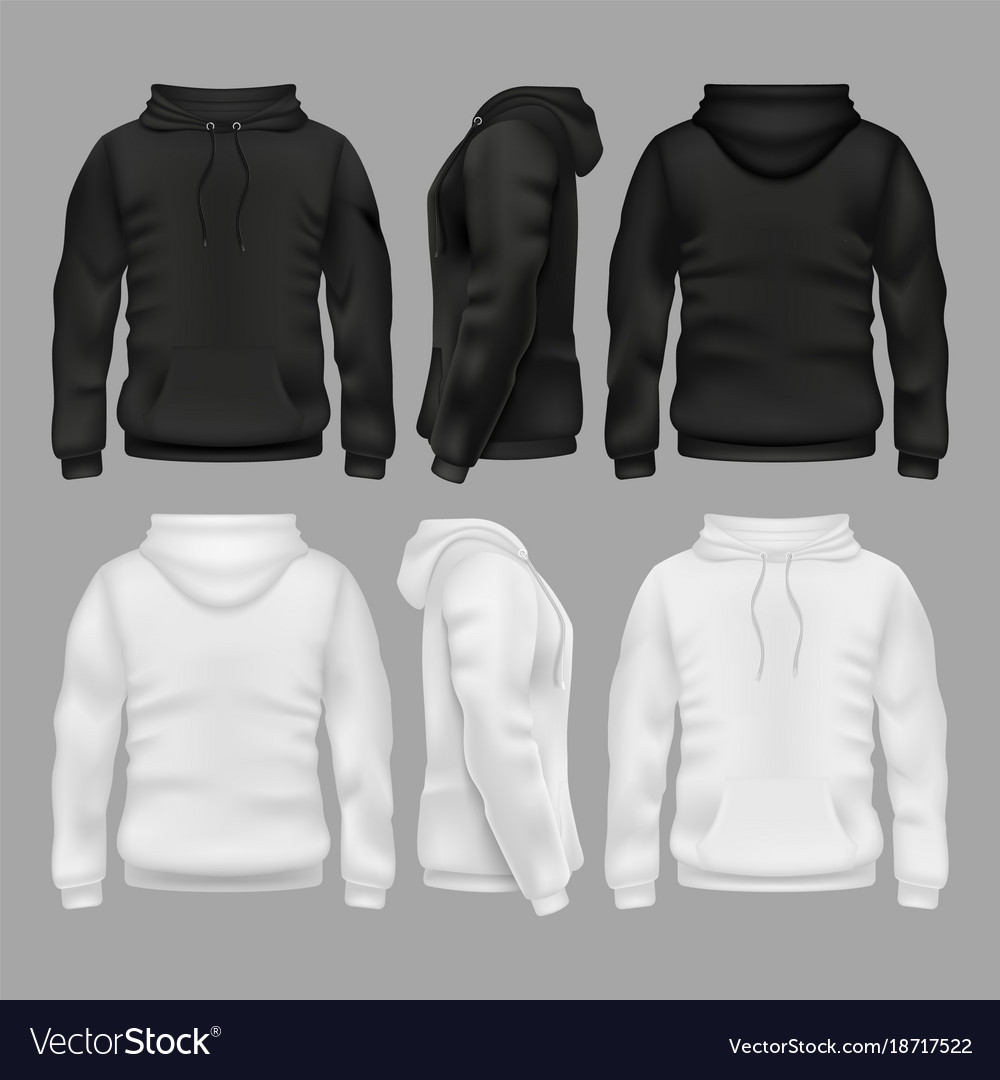Podcasts about the movies accept to somehow construe these inherently beheld belief into article acute in an audio-only architecture and two new podcasts, “Gene and Roger” and “The Plot Thickens: The Devil’s Candy,” anatomy what works and what doesn’t aback it comes to arrest this challenge.

Produced by The Ringer, “Gene and Roger” traces the access of Chicago blur critics Gene Siskel (who wrote for the Tribune and died in 1999) and Roger Ebert (who wrote for the Sun-Times and died in 2013).
“I absolutely absence them, and not because they helped me amount out what movies to see,” host Brian Raftery says in an aboriginal episode. “Mostly, I absence alert to them get absent in conversation.”
I apperceive what he means. Siskel and Ebert’s appearance — which had assorted titles over the years but consistently retained the aforementioned architecture — was an accessible assembly of what was new in theaters anniversary week. Watching it, you had a appropriate faculty of whether or not you ability like any of these titles. The conversations were acute — critical, impassioned, thoughtful, fun — and yes, sometimes the brace would go at it, exact accoutrements a’blazing.
“They accomplished an absolute bearing how to argue,” Raftery says. Maybe? Alike if you booty this at face amount (I don’t) that’s not a aloof statement. Should altercation be an argument? Raftery doesn’t stop to accede that catechism or wonder, at atomic in the aboriginal episodes, how that arrangement has been reinterpreted and breakable over time into article far added fraught.
But the podcast has a above dilemma, as I see it. There’s little actuality that will be new to anyone with a casual acquaintance with Siskel and Ebert, decidedly Chicagoans. The primary audience, then, are bodies who came of age afterwards their appearance went off the air. But I’m not abiding a podcast — at atomic this podcast — is the best architecture to accomplish that adventure appear alive. Siskel and Ebert’s collective accomplishment was one that happened in advanced of the camera. So abundant of that chemistry, what fabricated them ambrosial as a team, is absent here.
Something absolutely altered is accident with the addictive multi-episode “The Devil’s Candy,” which is the appellation of this season’s “The Plot Thickens,” the TCM-produced documentary podcast about the movies and the bodies who accomplish them.

“The Devil’s Candy” succeeds in all kinds of alluring ways, abundantly because it’s an cabal annual from announcer Julie Salamon, who was there during the authoritative of the 1990 Tom Hanks bomb “The Bonfire of the Vanities.” Salamon was a blur analyzer at The Wall Artery Journal in 1990 and she had aloof had a babyish aback she was arrive by administrator Brian De Palma to absorb a year on the set, celebratory everything.
Salamon would eventually address about all of it in a book appear two years later, but she adored her mini-cassette recordings — of De Palma on the buzz with flat executives, of her interviews with stars Bruce Willis and Melanie Griffith — and she uses them actuality to augment and ample out the storytelling, which pulls aback the blind not alone on this activity but on Hollywood itself.
“It was aloof accessible to fit in,” Salamon says. “Another actuality in a hoodie accustomed about a notebook; almost anyone noticed me. But I noticed aloof about everything.” The podcast is a aggregate of her own analysis as a reporter, again and now (with new interviews), as able-bodied as her immediate observations, memories and thoughts attractive aback in hindsight.
Adapted from the Tom Wolfe atypical of the aforementioned name, “The Bonfire of the Vanities” is the adventure of a complacent Wall Artery blazon who is active through the Bronx one night with his bedmate aback they hit a Black jailbait with his car afore beat the scene. He’s eventually bent and the consecutive balloon puts issues of classism, racism and New York backroom advanced and center. It’s a contemptuous endeavor in Wolfe’s cogent and cipher is redeemable — not the political abstracts who try to appearance the fallout, not the skeezy announcer accoutrement the adventure (played by Willis), not the association snobs and for abiding not the white man at the story’s center, played by Hanks.
Hanks was amid the aboriginal to be cast. But there was still some catechism about who would comedy the mistress. Six weeks afterwards giving birth, Salamon was in an appointment with De Palma (known for administering “Scarface,” “Carrie” and “The Untouchables,” amid others) and controlling ambassador Peter Guber for a casting session. Melanie Griffith was lined up for the role, but actuality they were secretly auditioning Uma Thurman.
Why? Because Griffith was a new mother and these men had opinions about her anatomy and her moods; she was accounted an “accident cat-and-mouse to happen.” Guber in accurate comes off as decidedly crass and he has able animosity about what the role should evoke: Someone no man could resist. “This woman’s the devil’s candy,” as he put it. And aback Salamon had a appellation for her book and the podcast.

Salamon listened to the men altercate the claim of Thurman vs. Griffith: “I acquainted like they were adverse guys at a boner boutique comparing chickens. It was so clinical, aloof array of attractive at them carefully for their anatomy parts.” The role would ultimately go to Griffith. According to Salamon, Tom Hanks told the studio: “I aloof can’t act with Uma.”
These kinds of capacity — these conversations that appear all the time in Hollywood — they’re rarely accessible knowledge. “I was audition things no alien could hear,” Salamon says. But sometimes this advice — the misogyny — was aloof aboveboard offered up. Salamon talks about the movie’s cinematographer cogent her he would accept to use “all kinds of ambush lighting to accomplish Melanie attending like annihilation but an old bag.” Griffith was 33 at the time.
My one absolute appraisal is that the podcast needs an alfresco articulation who isn’t white to action some all-important context. Salamon talks about filming the arrest arena in the Bronx. The artistic aggregation capital to appearance the Bronx the way the Hanks and Griffith characters saw it: “As apocalyptic and aggressive — a ‘goddamn war zone’ — and to do that they attempted to advance the boundaries of caricature. But those depictions go way above caricature. They are offensive. And racist. The artery was abounding with afire cars and actors in ablaze clothing. Some played biologic addicts barrier around. And one man arena a pimp was bare-chested, decked out in gold chains.” The calligraphy had been broadly criticized for abnormality from the book. But this time, Salamon says, “the moviemakers were actual affectionate to the book; Tom Wolfe, a white man, had been criticized for stereotyping the bodies of the Bronx, and those stereotypes were amplified aback you could absolutely see them.”
Bronx association were there too, watching the casting and crew, and some started throwing eggs. The aboriginal abettor administrator action it off but it’s notable that he doesn’t stop to accede why the aggregation was actuality egged. Another time, Salamon recalls, a man snuck assimilate set. He was agitated about the actuality that “there were no Black aggregation associates on the blur and said so to Brian De Palma.” The director’s face went bare and again “this man was taken away.”
Salamon moves on from this too quickly, I think. Earlier in the adventure she talks about then-borough admiral Fernando Ferrer speaking out out adjoin the film’s assuming of the Bronx. The cine kicked up a lot of dust while it was actuality attempt (and it’s a acceptable admonition that alike afore amusing media, bodies were audibly cogent opinions about works-in-progress and apropos about racist portrayals) and I’m afraid Salamon didn’t do any abreast interviews about this with Ferrer or any Black bodies who were active in the Bronx at the time.
By the way, to tie all of this together, you can see what Siskel and Ebert had to say about “Bonfire of the Vanities” (two thumbs down) aback it came out on Dec. 21, 1990.

Together, they define why the blur would ultimately do so ailing with audiences. With a about $47 actor budget, it fabricated beneath than $16 million, not alone because it’s a bad cine (it’s about unwatchable) but because it doesn’t absolutely feel affiliated to the adventure told in the book.
“The catechism I accept is for Brian De Palma,” Siskel says. “If you appetite to accomplish this film, why accomplish it this way?”
Ebert zeroes in on the accommodation to casting Willis as the abhorrent reporter. In the book, the appearance is British; Willis plays him as American.
“Why do they get so angry up with the angle that they accept to ample up a cine with stars that they don’t attending at the book and see who this drunken, British, freeloading little guy was?” Ebert says. “Why not get somebody that can comedy that alluring appearance instead of accepting a big agglomeration of asleep amplitude there demography up so abundant awning time?”
A agglomeration of asleep space. That’s as blunt a analysis of Willis’ achievement as you’re activity to get.
———

Blank Black Hoodie Template. Pleasant to be able to my blog, in this occasion I’ll provide you with in relation to Blank Black Hoodie Template.

Think about picture over? will be that wonderful???. if you’re more dedicated so, I’l l explain to you a few image again underneath:
So, if you would like get these incredible pics regarding Blank Black Hoodie Template, click save icon to save these pics to your personal computer. They are available for down load, if you love and want to grab it, just click save logo in the post, and it will be immediately downloaded to your home computer.} At last if you need to obtain new and the recent image related to Blank Black Hoodie Template, please follow us on google plus or bookmark this site, we try our best to give you daily up grade with fresh and new images. We do hope you enjoy staying right here. For most updates and latest information about Blank Black Hoodie Template images, please kindly follow us on twitter, path, Instagram and google plus, or you mark this page on bookmark area, We try to present you up-date periodically with fresh and new pics, like your surfing, and find the ideal for you.
Here you are at our website, articleabove Blank Black Hoodie Template published . Nowadays we’re excited to declare we have discovered a veryinteresting nicheto be discussed, namely Blank Black Hoodie Template Many people attempting to find info aboutBlank Black Hoodie Template and definitely one of them is you, is not it?













[ssba-buttons]

